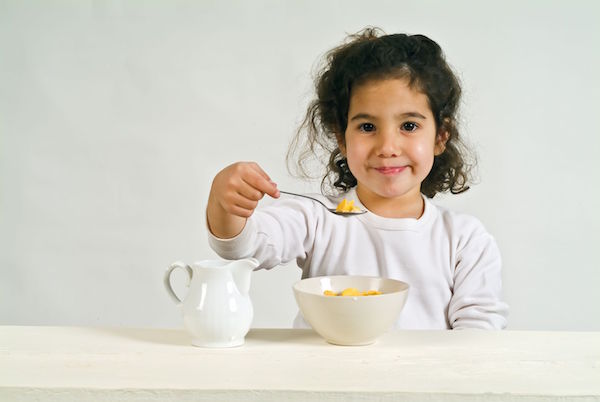MONDAY, Dec. 16, 2013 (HealthDay News) — Many mothers think their youngest child is smaller than he or she actually is, according to new research.
The finding may help explain why many of these children are referred to as the “baby of the family,” well into adulthood.
It also offers a reason why a first child suddenly seems much larger when a new sibling is born. Until the arrival of the new child, parents experience what is called a “baby illusion,” said the authors of the study, which was published Dec. 16 in the journal Current Biology.
“Contrary to what many may think, this isn’t happening just because the older child looks so big compared to a baby,” Jordy Kaufman, of Swinburne University of Technology, in Australia, said in a journal news release.
“It actually happens because all along the parents were under an illusion that their first child was smaller than he or she really was,” he said. “When the new baby is born, the spell is broken and parents now see their older child as he or she really is.”
In this study, the researchers asked about 750 mothers if they remembered a sudden change in their first child’s size after the birth of their second child, and 70 percent of the mothers said they did.
The mothers were then asked to estimate the height of their young children (aged 2 to 6) by placing a mark on a blank wall. The mothers underestimated the height of the youngest child by nearly 3 inches on average, while height estimates for the oldest child were nearly accurate.
“The key implication is that we may treat our youngest children as if they are actually younger than they really are,” Kaufman said. “In other words, our research potentially explains why the ‘baby of the family’ never outgrows that label. To the parents, the baby of the family may always be ‘the baby.'”
More information
The U.S. Centers for Disease Control and Prevention looks at child development.
Copyright © 2025 HealthDay. All rights reserved.

